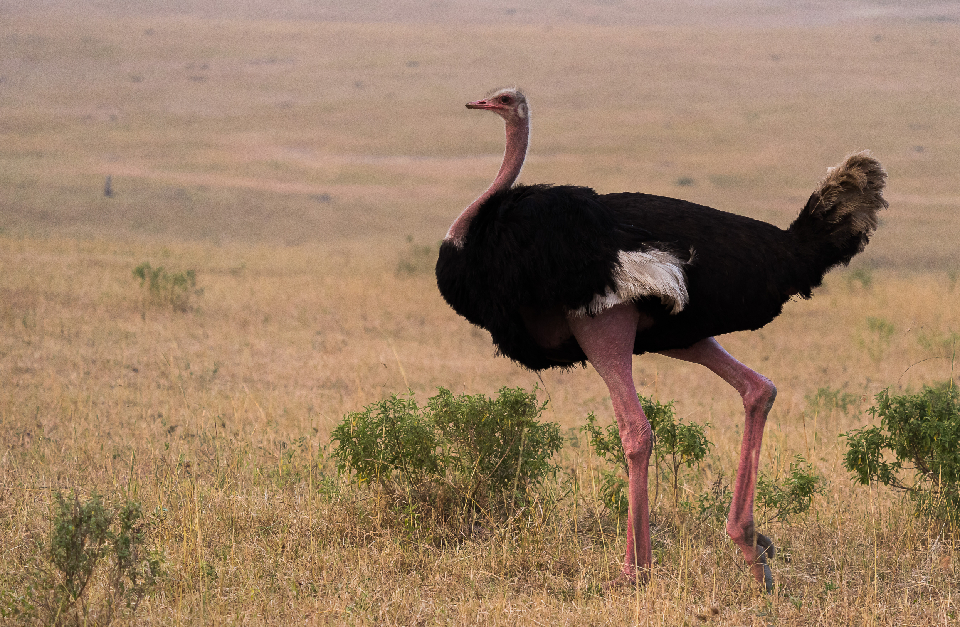We stayed at the &Beyond Tree Lodge, which is cradled in the boughs of an ancient mahogany forest and melts into the natural beauty of its breathtaking surroundings. Rustic but with old world luxury, it has a wonderful vibe with people who exude gentle Tanzanian hospitality and have a passion for delighting guests. It has ten stilted treehouse suites, crafted from local timber and makuti palm fronds, which weave a sophisticated blend of intimacy and romance, offering privacy and exclusivity in the cool, leafy surroundings, with elephant visitors passing through.
Designed to exert minimal impact on the environment and provide a tranquil haven, the Lodge offers an exclusive interpretive safari in a more remote area of the National Park. Just being here, experiencing the majestic mountain, and listening to the lapping of the waves on the lakeshore and the sounds of nature, is a treat in itself.
From Manyara, we travelled to Ngorongoro Crater in Nothern Tanzania. Once a gigantic volcano, it is the largest intact caldera in the world and shelters one of the most beautiful wildlife havens on earth; it is home to the endangered black rhino, giant tusk elephants, large lions and flamingos.
After Serengeti, Masai Mara and Lake Manyara, Ngorongoro took our breath away. The lakes were full of flamingos, hippos and, of course, the big five. We were very lucky to see as many as twenty lions in the span of just two days. The King of the Jungle, was a beautiful sight against the landscape of the crater.
We stayed at the Ngorongoro Crater Lodge, a beautiful property overlooking the crater’s rim. Nowhere else on earth can you wake up among all the trappings of an elegant baroque châteaux that transports you into one of the most famous African landscapes. An eclectic blend of teak panelling, Victorian furnishings and whimsical African touches creates a sumptuous atmosphere that is as elegant and unique as the crater itself. In this place of dramatic contrasts, anything is possible and the natural luxury of the beautiful setting ensures the dramatic interior of the suite blends perfectly with its stilted thatch architecture. Everything is chosen to delight the imagination and enhance the spectacular views of the magnificent surroundings.






